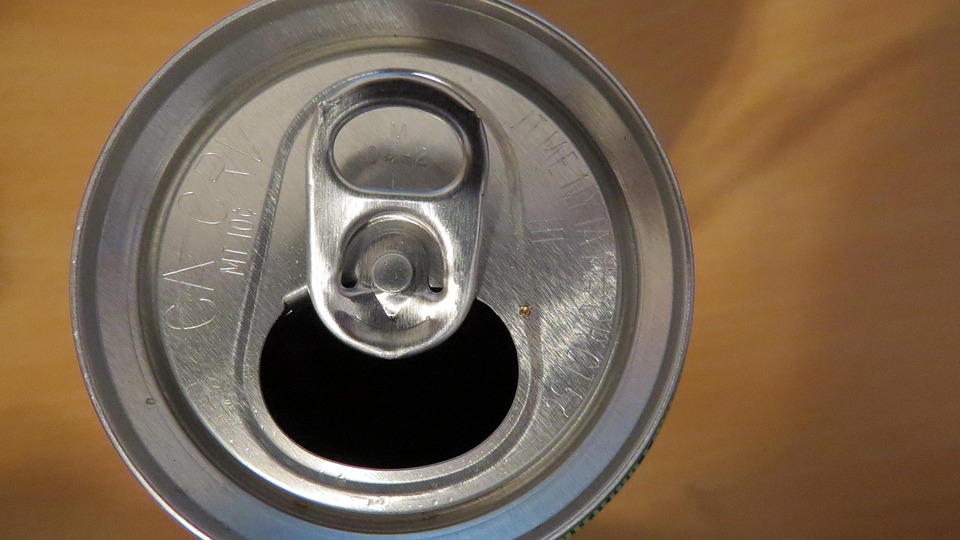Can Cold Weather Cause A Car Not To Start

The dreaded click-click-click of a car refusing to start on a frigid morning is a scenario familiar to many drivers. While a dead battery often gets the blame, the relationship between cold weather and a no-start condition is more complex than a simple battery drain. Several factors conspire to make starting a car in freezing temperatures significantly more challenging, impacting everything from engine oil viscosity to fuel vaporization.
The Battery's Cold Weather Woes
A car battery relies on a chemical reaction to produce electricity. Specifically, it converts chemical energy into electrical energy through electrochemical reactions involving sulfuric acid and lead. Cold temperatures significantly slow down these chemical reactions. This means a battery's cranking power – its ability to deliver a high surge of electricity needed to start the engine – is drastically reduced. In fact, at 0°F (-18°C), a car battery can lose up to 60% of its power. Even a relatively new battery might struggle under these conditions.
Adding insult to injury, cold weather also increases the electrical load on the battery. Starting an engine requires the starter motor to overcome the increased resistance of cold, viscous engine oil. The starter motor itself needs more power to turn the engine over in cold conditions.
Thickening Oil: Resistance is Futile
Engine oil is designed to lubricate the moving parts within the engine, reducing friction and wear. However, oil's viscosity – its resistance to flow – increases dramatically in cold temperatures. Imagine trying to pour honey in freezing weather; it flows much slower than at room temperature. The same principle applies to engine oil.
This thicker oil creates more resistance for the starter motor to overcome, requiring even more power from the already weakened battery. Using the correct oil viscosity recommended by the manufacturer for your climate is crucial. Many modern vehicles recommend synthetic oils, which generally maintain their fluidity better at lower temperatures compared to conventional oils.
Fuel Delivery Challenges
Getting fuel to the engine in a readily combustible form is another hurdle in cold weather. Gasoline needs to vaporize – turn into a gas – to mix properly with air and ignite within the cylinders. Cold temperatures inhibit this vaporization process. Older carbureted engines were particularly susceptible to this, often requiring multiple attempts and the use of the choke (which restricted airflow, enriching the fuel mixture) to get started.
Modern fuel-injected engines are better equipped to handle cold starts thanks to features like fuel injectors that atomize the fuel and sensors that adjust the air-fuel mixture based on temperature. However, even with these advancements, cold weather can still impede fuel vaporization, leading to a longer cranking time or a no-start condition. Additives like fuel injector cleaner can help to keep the system running smoothly.
Beyond the Battery: Other Potential Culprits
While a weak battery is the most common cause, other factors can contribute to cold-weather starting problems:
- Faulty Starter Motor: A worn starter motor might struggle to turn the engine over, especially with the added resistance of cold oil.
- Corroded Battery Terminals: Corrosion on the battery terminals can impede the flow of electricity. Clean the terminals with a wire brush and apply a corrosion inhibitor.
- Dirty Air Filter: A clogged air filter restricts airflow to the engine, making it harder to start.
- Faulty Sensors: Sensors like the coolant temperature sensor provide information to the engine control unit (ECU). A faulty sensor can provide incorrect data, leading to an improper air-fuel mixture.
- Weak Fuel Pump: A fuel pump that's nearing the end of its life might struggle to deliver sufficient fuel pressure, especially in cold conditions.
Prevention and Solutions
Preventing cold-weather starting problems involves proactive maintenance:
- Battery Maintenance: Have your battery tested regularly, especially before winter. Consider using a battery maintainer to keep the battery fully charged during periods of inactivity.
- Use the Right Oil: Use the oil viscosity recommended by your car's manufacturer for your climate. Synthetic oils are often a good choice.
- Regular Tune-ups: Ensure your car is properly tuned up, with clean air filter, spark plugs, and fuel injectors.
- Consider a Block Heater: In extremely cold climates, a block heater can warm the engine oil, making it easier to start.
By understanding the factors that contribute to cold-weather starting problems and taking preventive measures, you can significantly reduce the chances of being stranded on a frigid morning.
